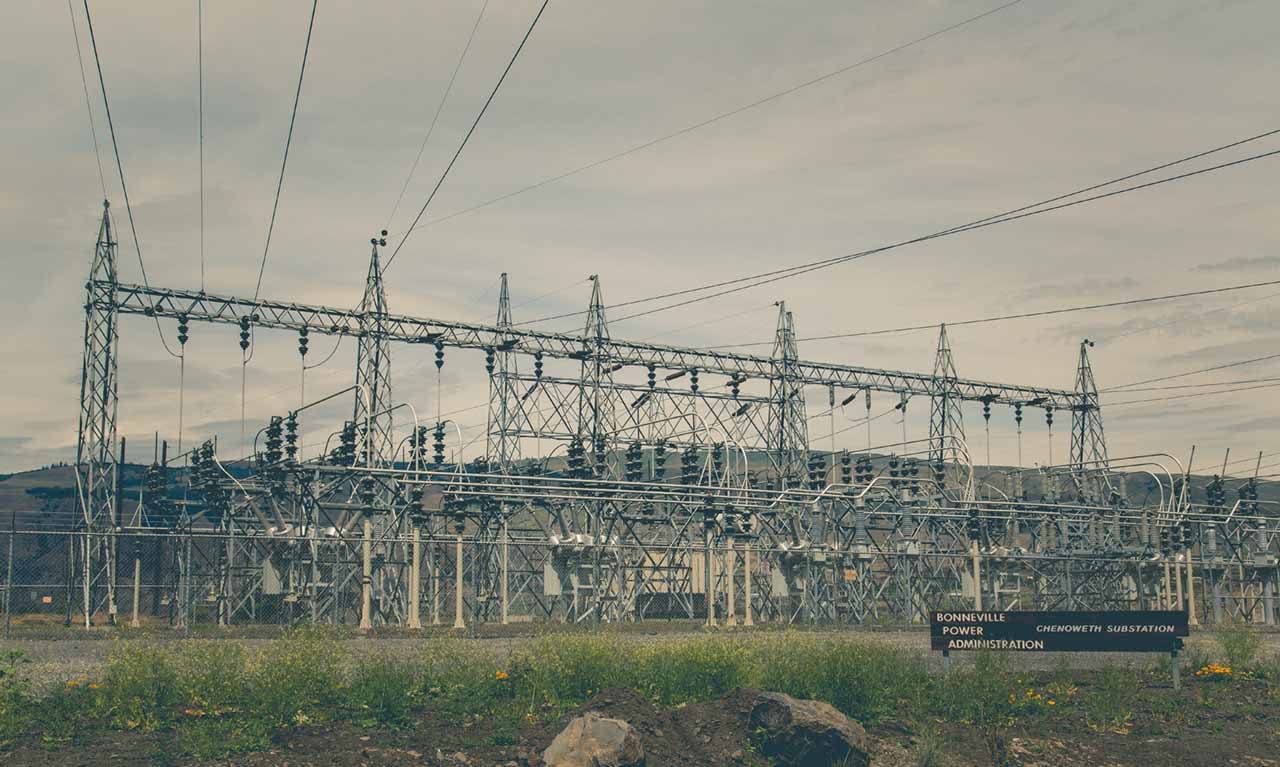Oregon’s Energy Prices Rose Far Less Than Most States but Data Centers Could Change That

While energy costs rose by 19.4% in Oregon over an eight-year period, residents of Maine experienced a staggering increase of 75.7% during the same time-period, the highest of any state in the nation.
Oregonians can breathe a sigh of relief that they were placed 29th on a list of energy price increases in the U.S. between 2015 and 2023, in a survey conducted by Texas Electricity Ratings.
Seven Other States Experienced Increases of More Than 40%
Increases of more than 40% occurred in seven states, while Oregon narrowly escaped being listed as one of the 27 states in which energy costs soared by more than 20%.
What the study did reveal is that low-income households are most affected by energy price rises. These households spend an average of 6% of their income on energy, which is three times the share paid by higher-income groups.
The survey found the biggest increases by using the U.S. Energy Information Agency (EIA) to establish percentage changes in each state based on average electricity prices in cents per kilowatt-hour (kWh).
People living in Maine paid 15.61 cents per kWh in 2015 compared to 27.42 cents in 2023. On the other hand, the average cost per kWh for Oregon households was 10.66 cents in 2015, rising to 12.73 cents by 2023.
Energy-Hungry Data Centers Are Oregon’s Biggest Headache
However, it is the ever-increasing demands of energy-hungry data centers that are likely to cause the biggest headache in the near future.
According to the Oregon Citizens’ Utility Board (CUB), Oregon is attractive to data centers because of various cost incentives and the availability of reliable power and sufficient land on which to develop these large centers.
CUB states that data centers are energy hungry, consuming more electricity than the City of Ashland. Data centers associated with AI are even hungrier, requiring a similar amount of electricity as the City of Eugene.
CUB says the growth of data centers served by Portland General Electric (PGE) is equivalent to adding 162,400 households to the utility’s service area.
It also points out that PGE has experienced a growth rate in energy demands of 95% since 2016, whereas demand from residential consumers is only 3.5%.
The Portland and Hillsboro areas are home to over 50 data centers. consuming 540 megawatts of commissioned power.
Information for the Texas Electricity Ratings survey were obtained from the U.S. Energy Information Agency ‘Electricity Data Browser’ and the U.S. Department of Energy ‘Lead Tool’.
